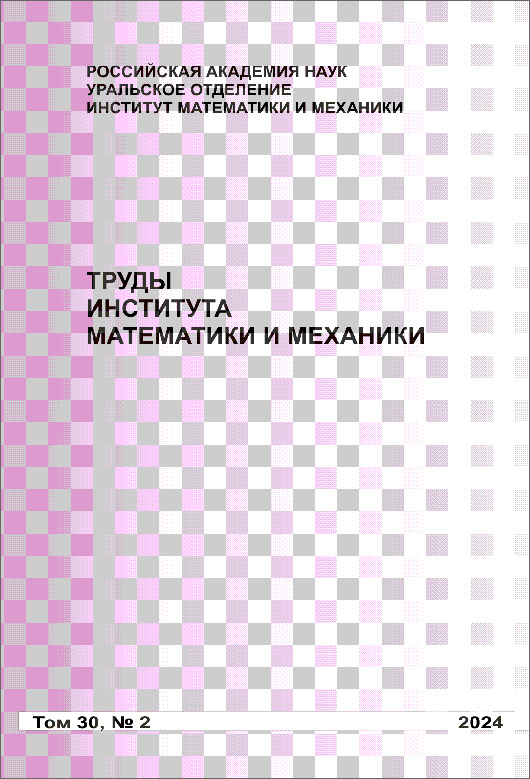|
This article is cited in 3 scientific papers (total in 3 papers)
On an optimal control problem with discontinuous integrand
S. M. Aseev
Steklov Mathematical Institute of Russian Academy of Sciences, Moscow
Abstract:
We consider an optimal control problem for an autonomous differential inclusion with free terminal time and a mixed functional which contains the characteristic function of a given open set $M\subset\mathbb{R}^n$ in the integral term. The statement of the problem weakens the statement of the classical optimal control problem with state constraints to the case when the presence of admissible trajectories of the system in the set $M$ is physically allowed but unfavorable due to safety or instability reasons. Using an approximation approach, necessary conditions for the optimality of an admissible trajectory are obtained in the form of Clarke's Hamiltonian inclusion. The result involves a nonstandard stationarity condition for the Hamiltonian. As in the case of the problem with a state constraint, the obtained necessary optimality conditions may degenerate.Conditions guaranteeing their nondegeneracy and pointwise nontriviality are presented. The results obtained extend the author's previous results to the case of a problem with free terminal time and more general functional.
Keywords:
risk zone, state constraints, optimal control, Hamiltonian inclusion, Pontryagin maximum principle, nondegeneracy conditions.
Received: 10.10.2017
Citation:
S. M. Aseev, “On an optimal control problem with discontinuous integrand”, Trudy Inst. Mat. i Mekh. UrO RAN, 24, no. 1, 2018, 15–26; Proc. Steklov Inst. Math. (Suppl.), 304, suppl. 1 (2019), S3–S13
Linking options:
https://www.mathnet.ru/eng/timm1493 https://www.mathnet.ru/eng/timm/v24/i1/p15
|

| Statistics & downloads: |
| Abstract page: | 460 | | Full-text PDF : | 87 | | References: | 79 | | First page: | 17 |
|




 Contact us:
Contact us: Terms of Use
Terms of Use
 Registration to the website
Registration to the website Logotypes
Logotypes









 Citation in format
Citation in format 
